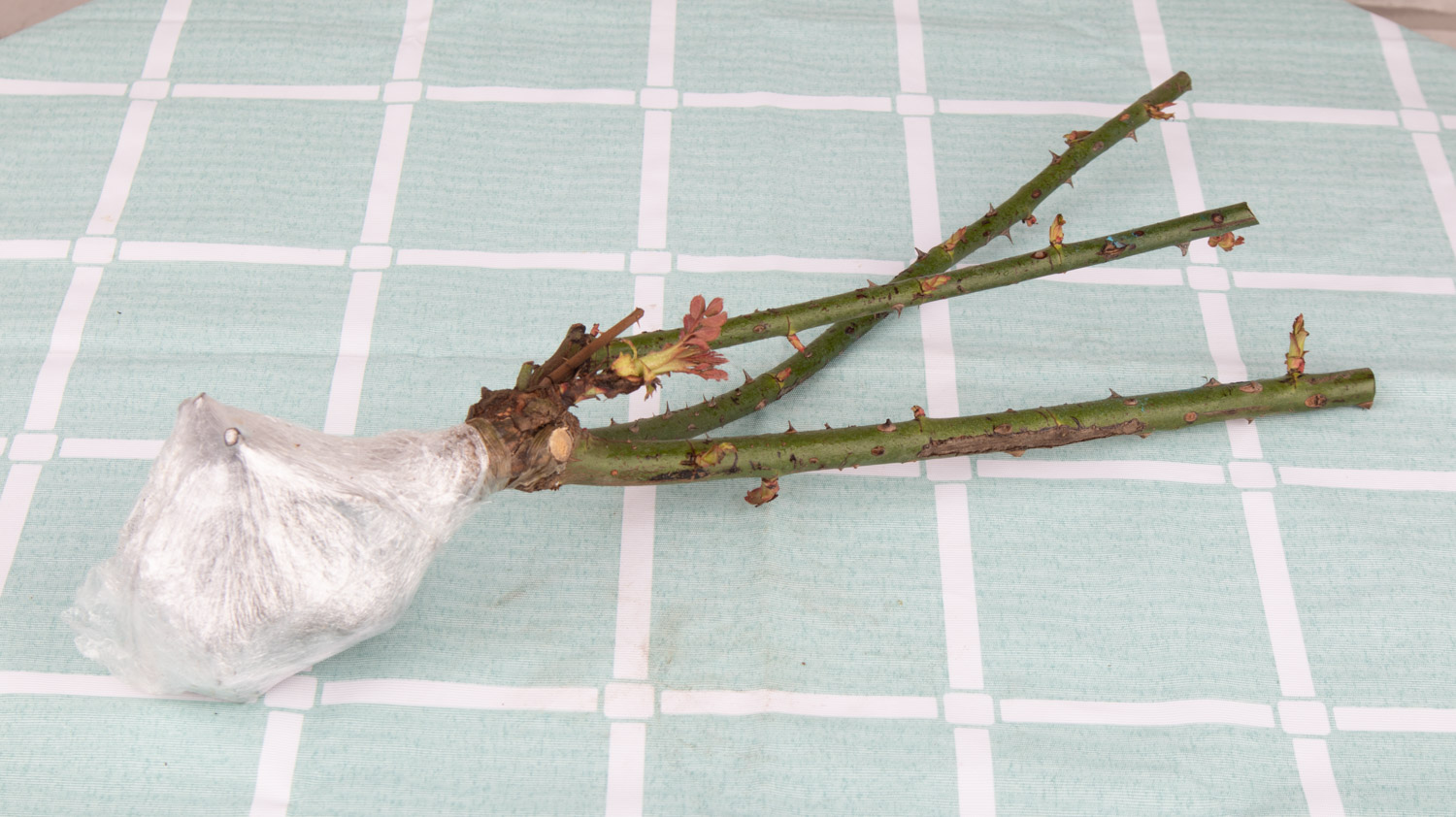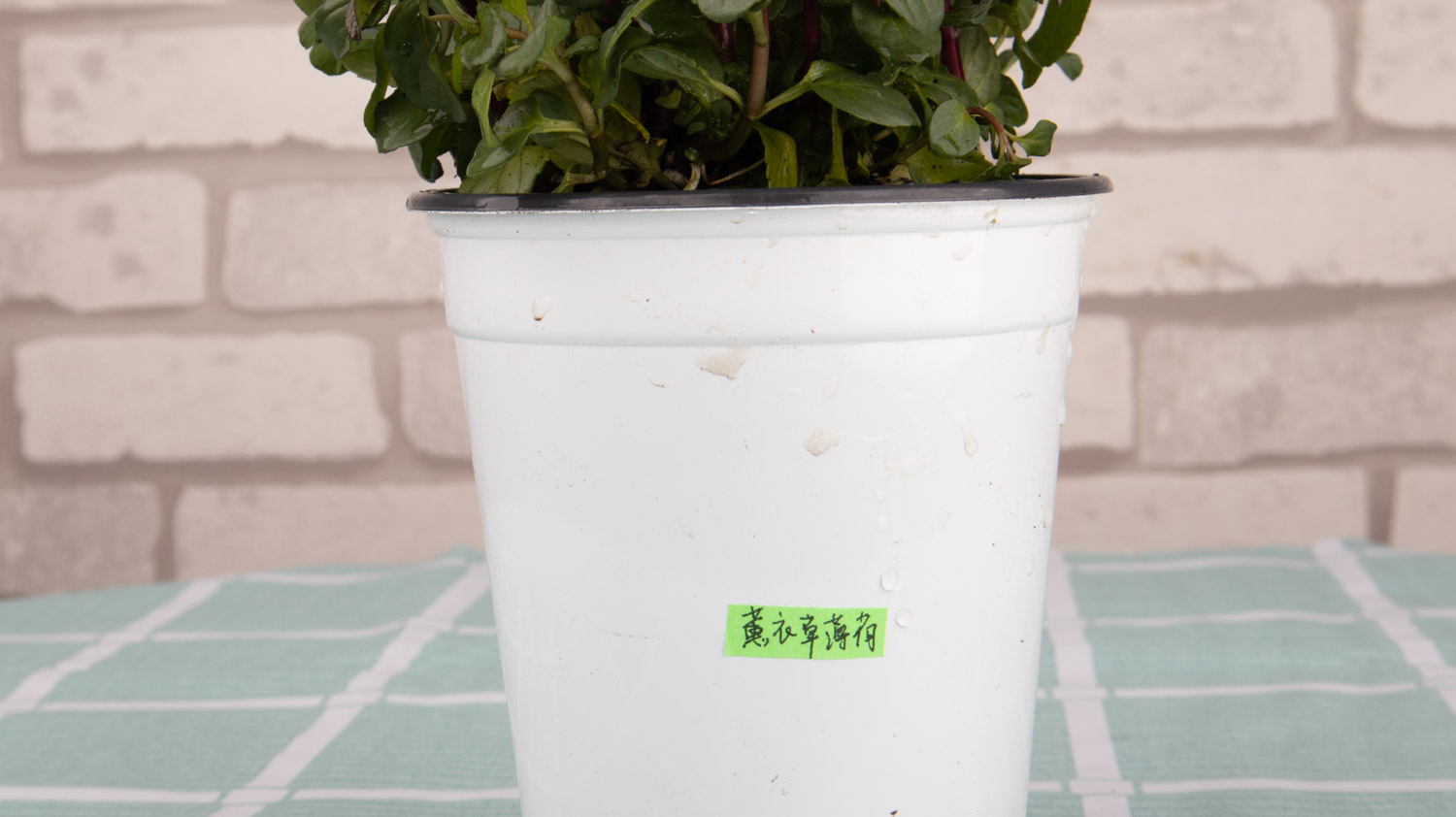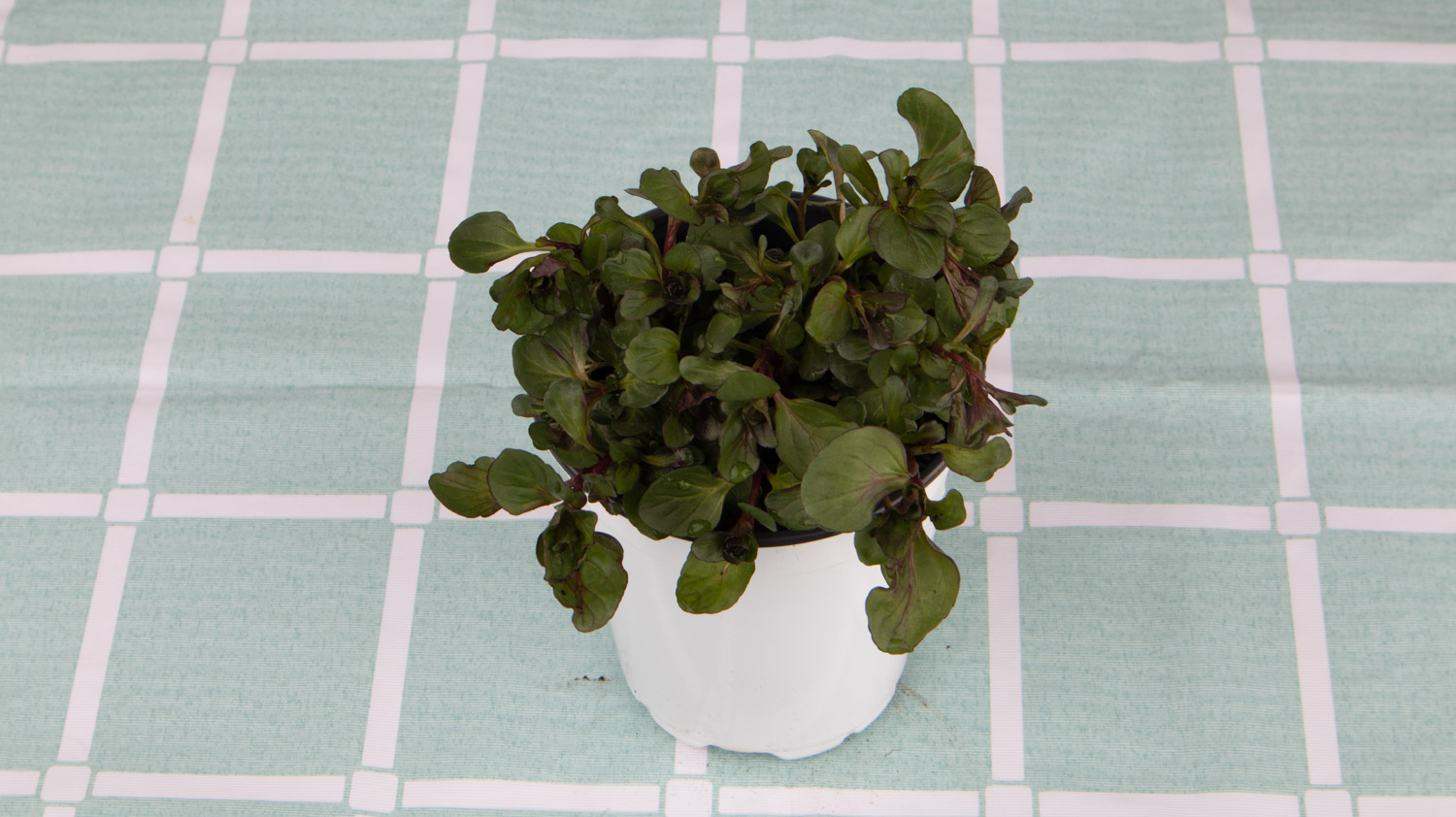1、 Curing method
1. Temperature: Generally speaking, it is more appropriate between 15 and 28 degrees, because it likes warmth. However, whether it is high temperature or low temperature, its tolerance is relatively good. It can endure a high temperature of 40 degrees in summer and a low temperature of minus 20 degrees in winter. However, if it is a seedling, it cannot be lower than minus six degrees
2. Light: Photosynthesis of leaves is inseparable from sunshine, but the light should not be too strong. It is better to put it in a place with astigmatism. Once there is strong light, you can move it to a semi Yin place

3. Watering: Peppermint likes to be wet. If it is too dry, it will cause its leaves to wither and other adverse symptoms. Therefore, it is necessary to keep wet during the growth period, but don't be too wet. It's not appropriate to have ponding. In addition to normal watering in summer, additional water can be sprayed
4. Fertilization: Peppermint has little demand for fertilizer and has strong adaptability. Generally speaking, in addition to base fertilizer, topdressing once or twice a month is OK

2、 Breeding skills
1. Breeding: sowing can be used for breeding, but the process may be troublesome. Sandy soil can be used as matrix and the method of "basin sowing" can be adopted. Sprinkle the selected seeds gently on the substrate, and then cover it with a thin layer of soil. After that, the temperature should be above 20 degrees, and then 10 degrees, which can promote them to germinate faster
2. Pruning: in the growth period, it grows vigorously, so the branches and leaves will also appear vigorous, sometimes very messy. Especially for peppermint planted in a large area, it will affect the light transmission and ventilation, so it needs to be repaired in time if it is too dense. And then the dry branches and leaves should be cut off in time

3、 Diagnosis and treatment problems
1. Diseases: Peppermint diseases are not too many, because its resistance is relatively good. "Anthrax" occasionally occurs, which is easy to occur under the condition of poor ventilation and high temperature. Spray medicine and deal with the diseased parts in time
2. Insect pests: Generally speaking, there are not too many, so it can be sprayed in advance for prevention, and countermeasures shall be taken as soon as possible after occurrence

4、 Other issues
1. Toxicity: it is not poisonous and is also used as a condiment when grown in Europe
2. Whether it can be raised at home: Yes, its color gives people a comfortable feeling and makes people relaxed and happy

 jackfruit
jackfruit snake plant
snake plant hibiscus
hibiscus hydrangea
hydrangea lavender
lavender Green roses climb al...
Green roses climb al... If you don't pay att...
If you don't pay att... Management of four g...
Management of four g...

































